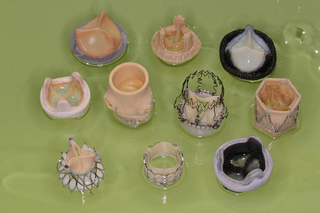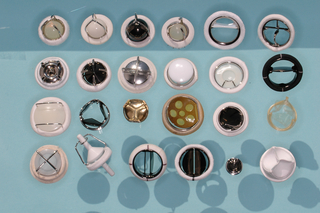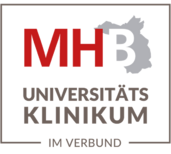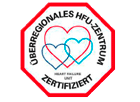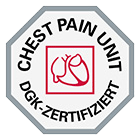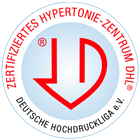Conventional heart valve replacement surgery
Conventional heart valve replacement surgery is performed on the open heart, using cardiopulmonary bypass (a heart-lung machine). The patient's heart valve is replaced with either a mechanical or a tissue valve.
Conventional heart valve surgery is typically performed on an open heart, therefore requiring both sternotomy (separation of the breastbone) and cardiopulmonary bypass (a heart-lung machine). This particular approach requires the heart to be stopped, and is only ever preformed under general anesthesia.
Procedures involved in conventional heart valve surgery
Conventional heart valve surgery typically consists of the following steps:
- Once the patient has been placed under general anesthesia, the first step is to cut through the breastbone and open the chest.
- The patient is then connected to a cardiopulmonary bypass (heart-lung) machine: after taking in blood from the superior and inferior vena cava, the blood is saturated with oxygen inside the machine and then pumped back into the aorta. The machine effectively takes over the function of the heart.
- The heart itself can now be stopped using a special infusion - the surgeon now works on a stopped heart.
- The defective valve is either replaced with a prosthetic valve or, if it is both feasible and sensible, reconstructed using specialist surgical techniques.
- When blood is finally allowed to flow through the heart, the heart is warmed up; in many cases, the heart will start to beat spontaneously, or it may be re-started using mild electric shocks.
- Heart valve function is carefully checked before the surgical team finally disconnect the heart-lung machine.
- The breastbone is repaired using wire, and the chest is then closed.
Prosthetic heart valves - mechanical or tissue?
Two options are available when choosing a prosthetic heart valve:
- Valve replacement using a mechanical valve. This type of valve has excellent durability, and easily lasts a lifetime. Patients will, however, need to take anticoagulant medication for life (Falithrom™, Marcumar™ [phenprocoumon]).
- Valve replacement using a a bioprosthetic (tissue) valve. Patients with tissue valves will only have to take anticoagulant medication for a short time (approximately 3 months). Once the valve has settled in, medication can be discontinued. One of the disadvantages associated with this type of valve, however, is that their durability inside the human body is limited . After approximately 10 years, most valves will have suffered major wear and tear, and the patient will need to undergo surgery to replace the valve.
Examples of mechanical and tissue valves
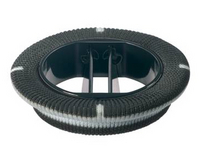
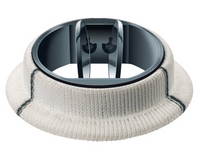

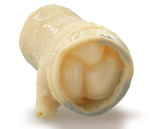

Finding a prosthesis with a perfect fit
Today, there are different models that are available for both types of heart valves, ensuring that prosthetic valves can be selected to suit the individual patient's internal anatomy. For instance, there are heart valves specifically for patients with very narrow arteries, as well as stent-less heart valves, i.e. heart valves that do not require a frame, which can for example be used in very young patients. As a result, the decision as to the type of heart valve and the type of model to be used is not an easy one. The surgeon responsible for your treatment will advise you regarding your options, and will work with you to choose the valve that is most suitable for your needs.
